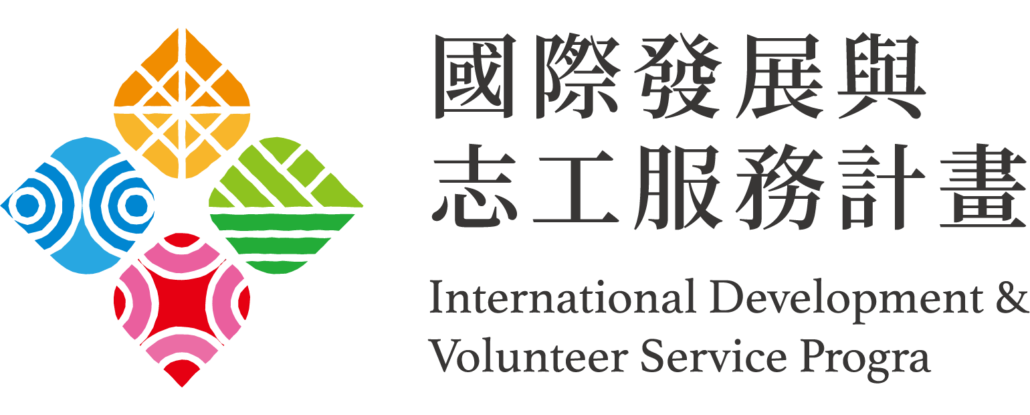(tourism, marine conservation, oral tradition recording)
1. Overview of the politics, economics, demographics, and ethnic relations, etc.
Palau consists of some 340 islands. Occupied in the 16th century by Spanish forces, the colony was sold to the German Empire in 1899. Occupied by Japan during the First World War, it became part of the Japanese-administered League of Nations South Seas Mandate. Following World War II, it became part of the US-governed Trust Territory of Pacific Islands in 1947. It gained independence in 1994, and maintains a compact of free association with the United States. Palau had the option to join the Federated States of Micronesia, but opted out.
- Population: 18,000+ (2019)
- Languages: Palauan, English
- Demographics
- 73% Palauan
- 22% Asian
- Palau has been a regional leader in environmental efforts:
- 2005: led the Micronesia Challenge, dedicated to conserving 30% of near shore coastal waters and 20% of forest land
- 2009: established the world’s first shark sanctuary
- Palau has 1 UNESCO heritage terrain and 4 tentative additional sites
2. Main development issues today
- Palau’s economy relies on tourism, subsistence farming, and fishing. Tourism is heavily focused on diving and snorkeling
- Traditional organization along clan lines is still strong, though the government attempts to curtail such power.
- The Idid clan has authority in the Southern federation, ruled by a queen. The clan claims Malakal Island belongs to them, and brought suit over the Koror State Public Lands Authority’s administration of the island
3. Local or regional NGOs concerning these issues
4. Local or regional academic institutions, that might be potential collaborators in the future
- Palau Community College is the only higher education institution in the country. https://pcc.palau.edu/about/



